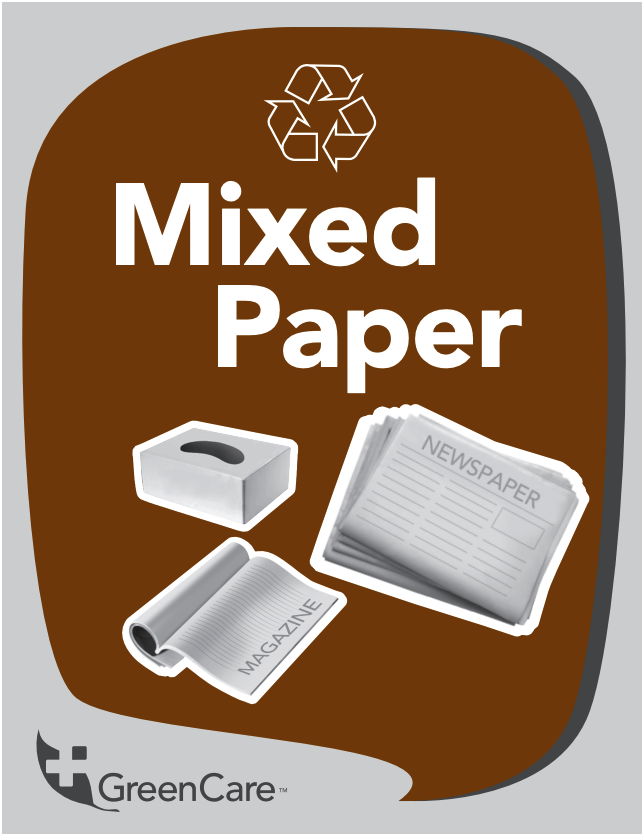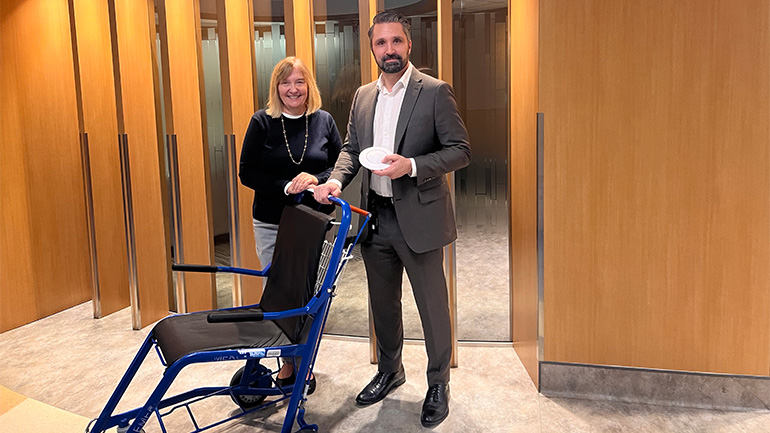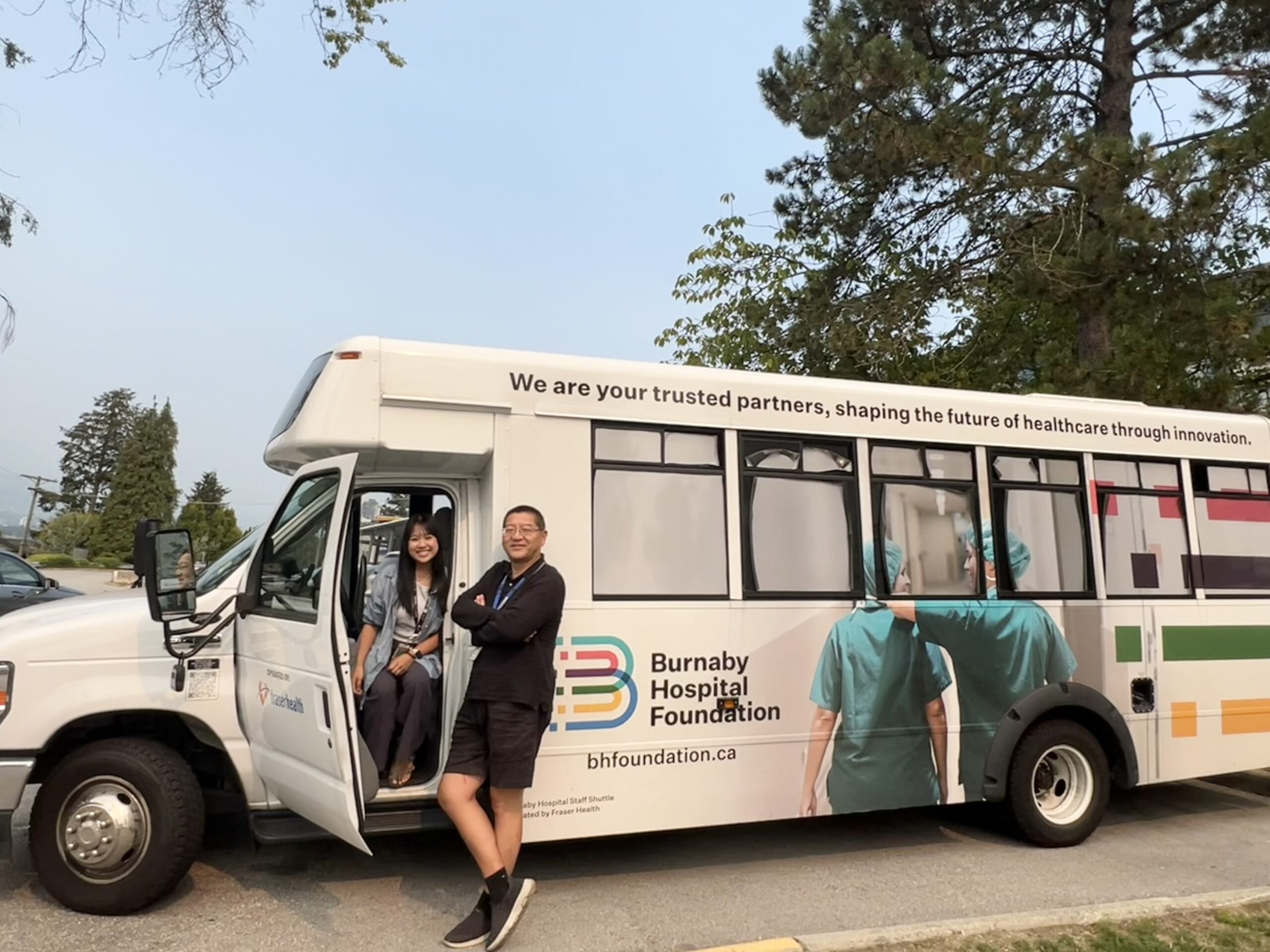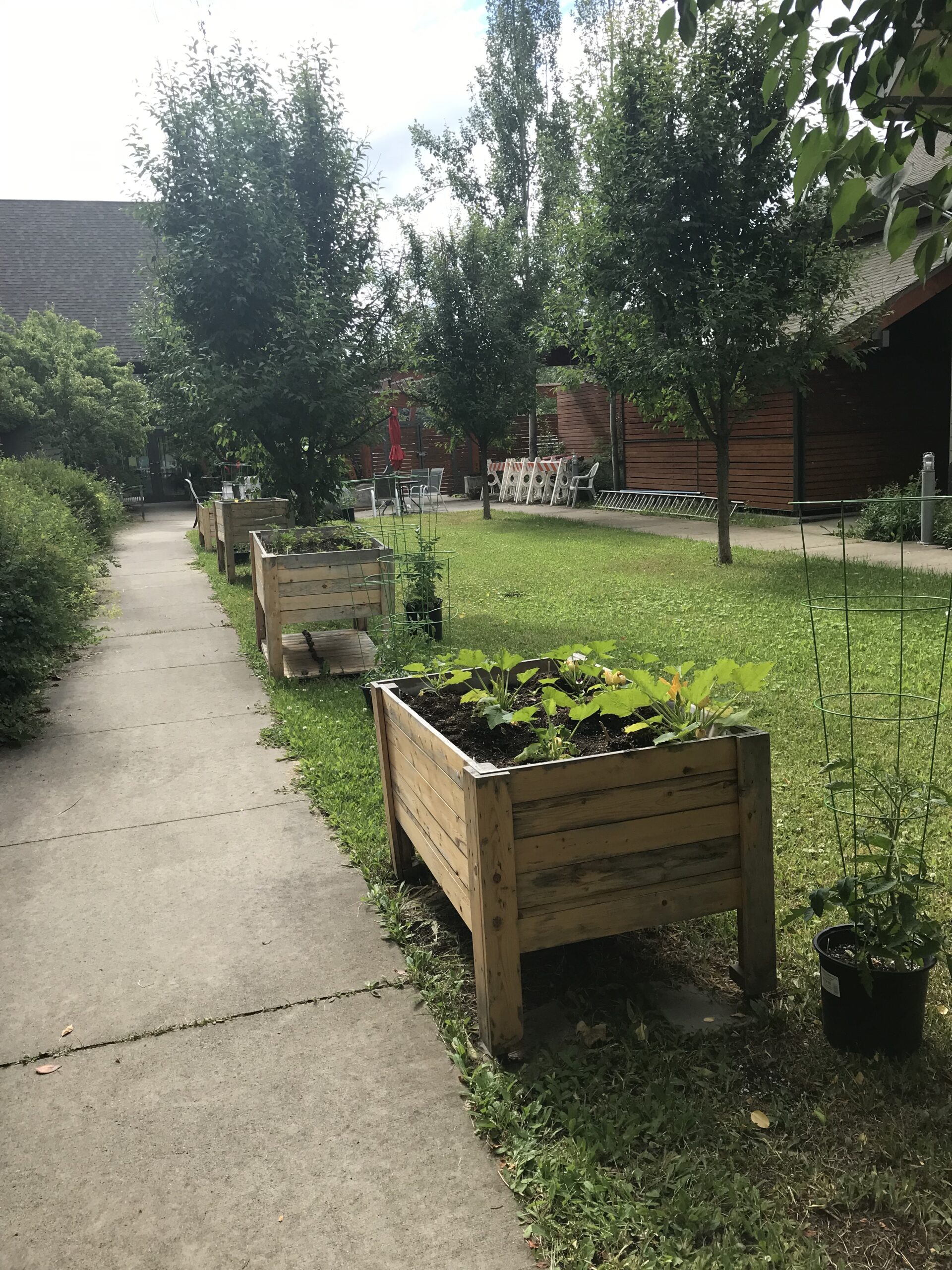Mixed paper recycling is easier than you think, even in hospitals and long-term care facilities. The following tips will make mixed paper recycling fast, easy and effective, while keeping collection staff safe and preventing recyclable materials from being contaminated with non-recyclable waste.
All non-confidential paper products belong in mixed paper recycling bins:
- Newspapers, magazines and flyers
- Box board packaging for gloves, tissues, medicine and food
- Craft paper and wrapping paper
- Paper packaging
- Books with hard or soft paper covers
Paper products that can’t be recycled belong in garbage bins:
- Paper that is soiled, wet or covered in food
- Paper with a plastic or wax coating, such as:
- Coffee cups
- Packaging (e.g. for lap sponges, vascular tourniquet kits and Medi-Vac non-conductive suction tubes)
- Paper that has soft plastic attached to it (Soft plastic must be removed and put into the garbage before the paper component can be recycled in mixed paper.)
How do you know if the paper has wax or plastic in it? Do the “rip test”:
- If the paper rips easily, there is enough paper fibre to be recycled in mixed paper.
- If the paper can’t be ripped easily, it must go in the garbage.
If you don’t have time to do the “rip test,” if you are unable to remove attached soft plastic or if you’re in doubt, dispose of the paper in the garbage.
Sorting mixed paper correctly prevents having whole bags of recyclables contaminated and disposed of in the garbage.








